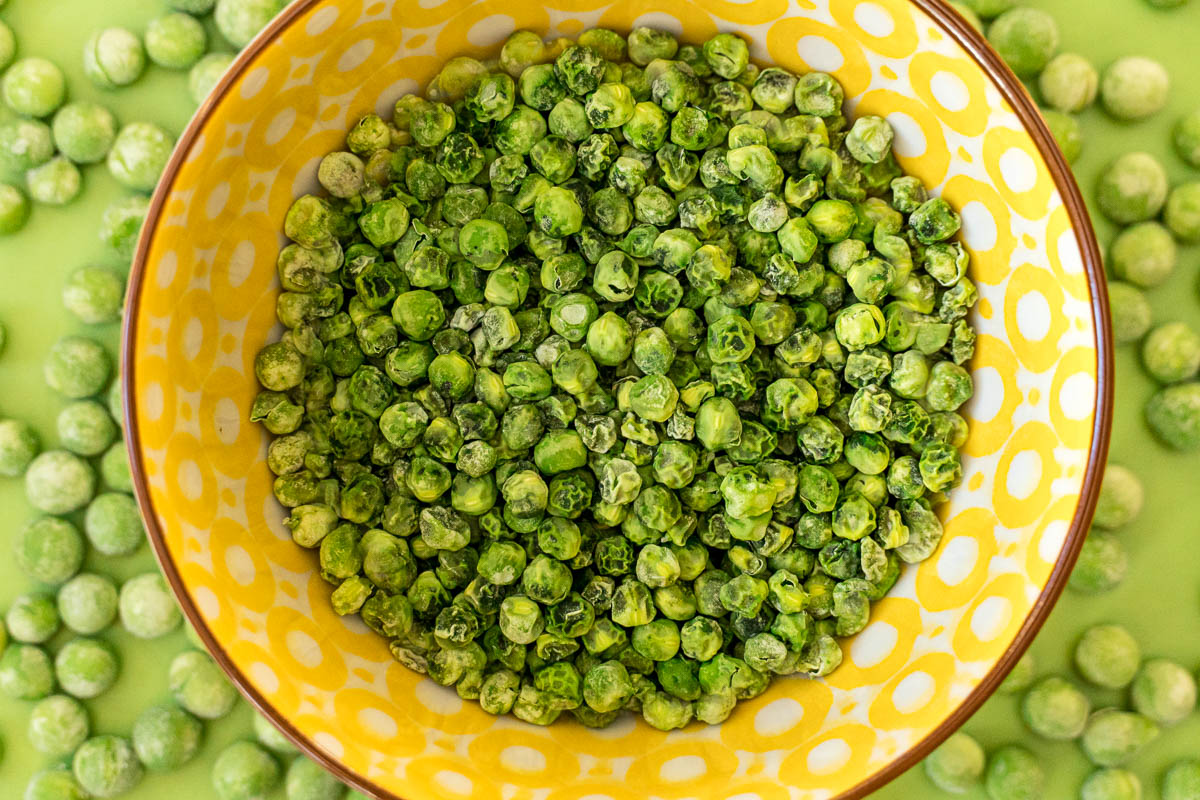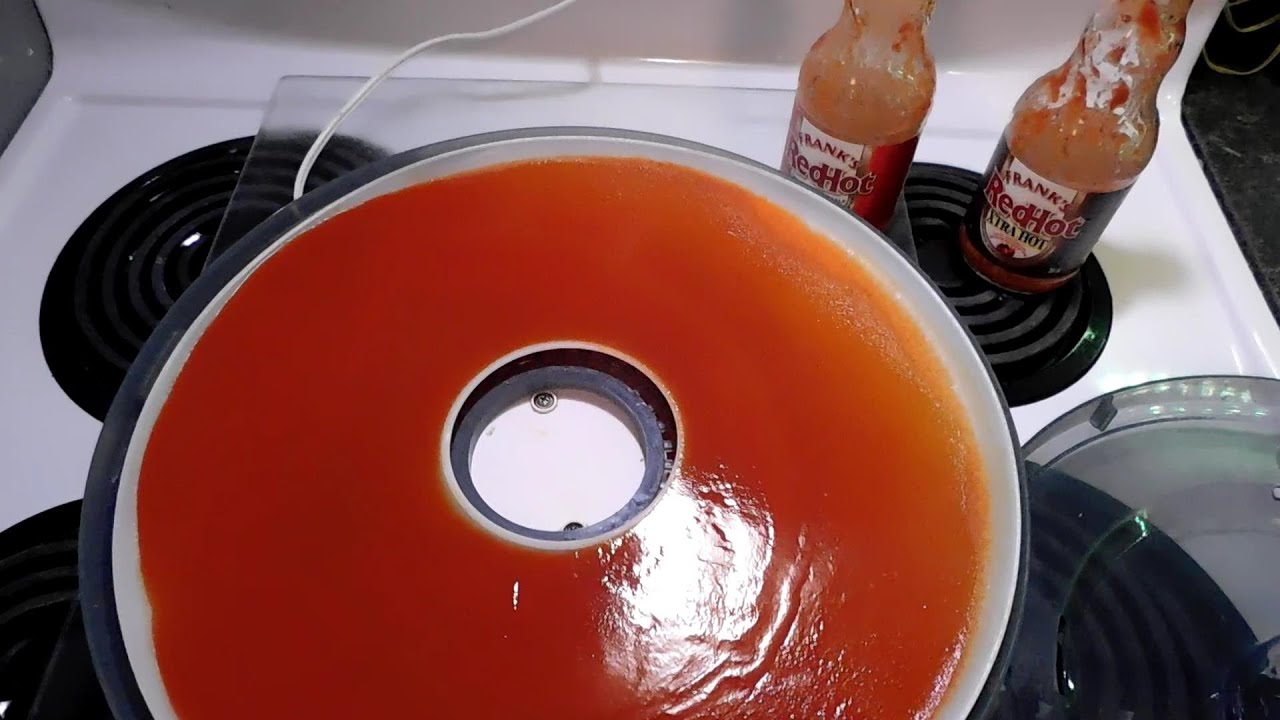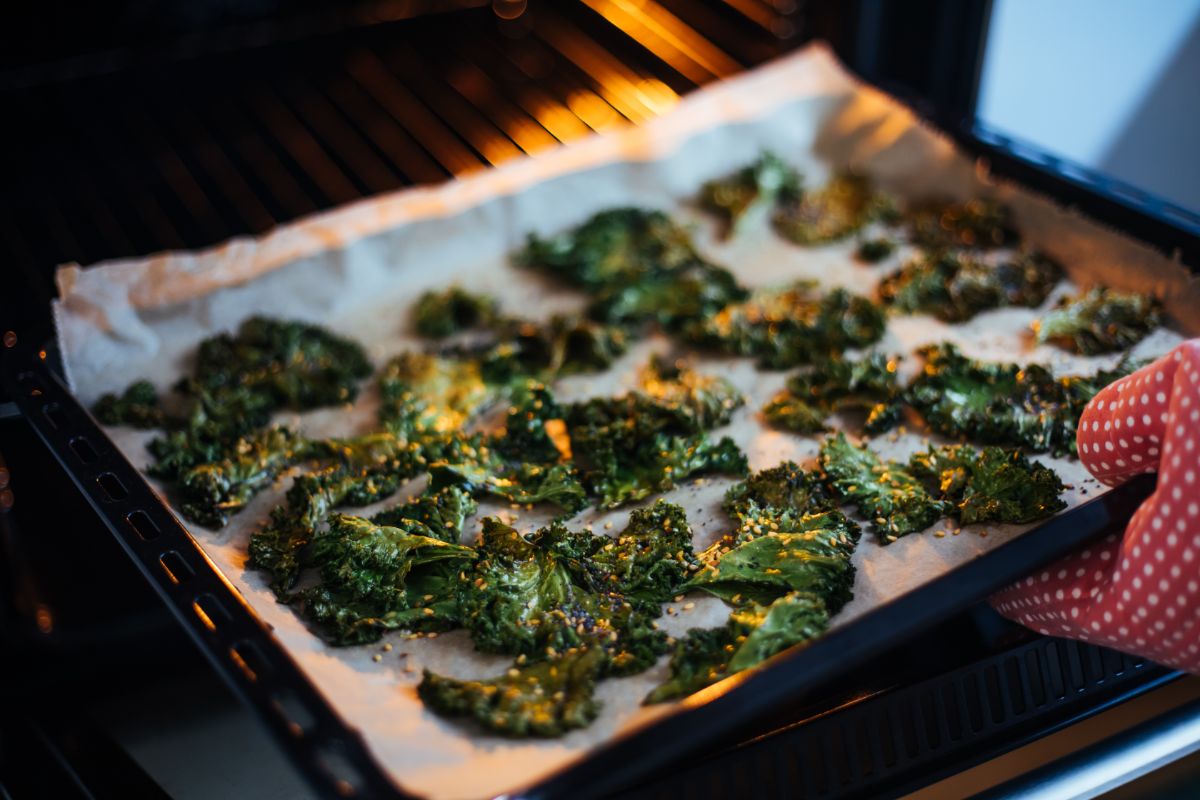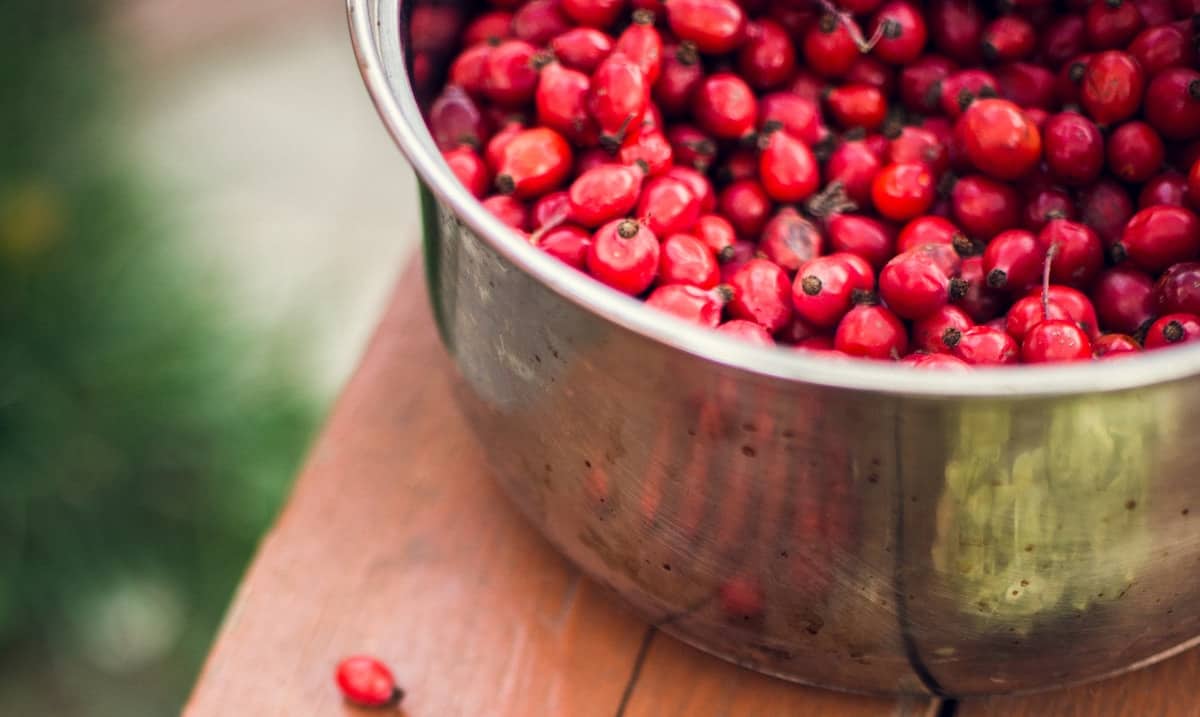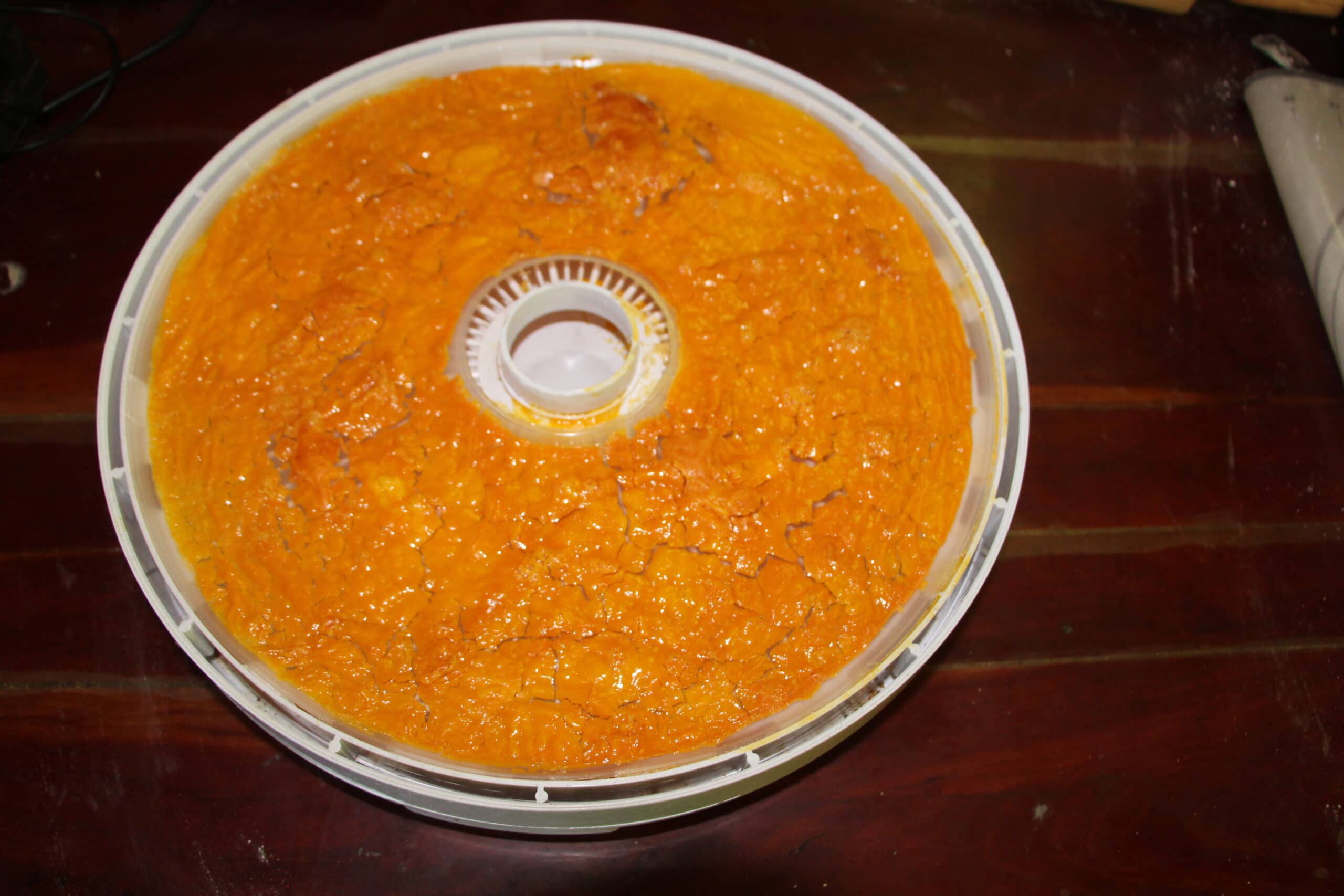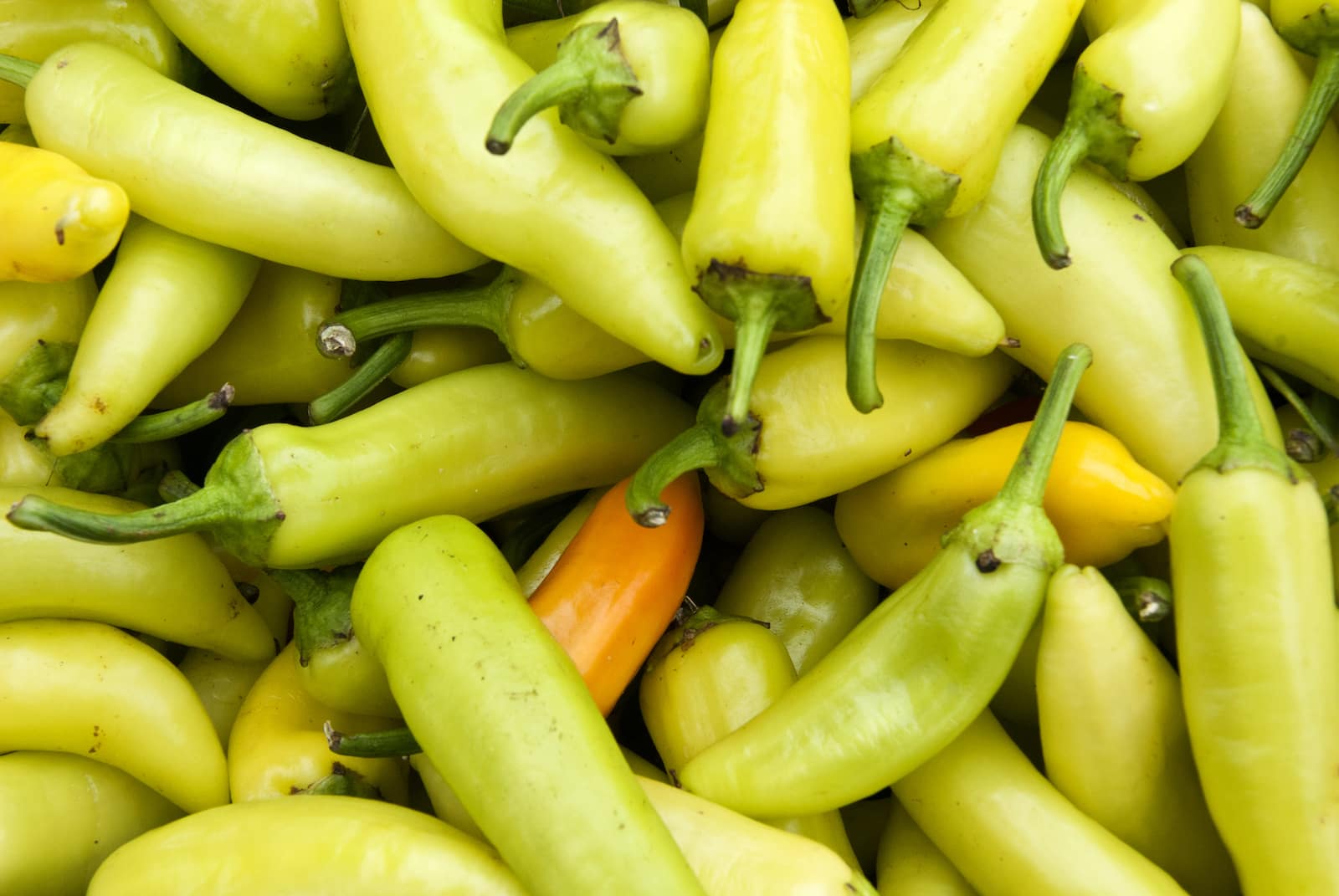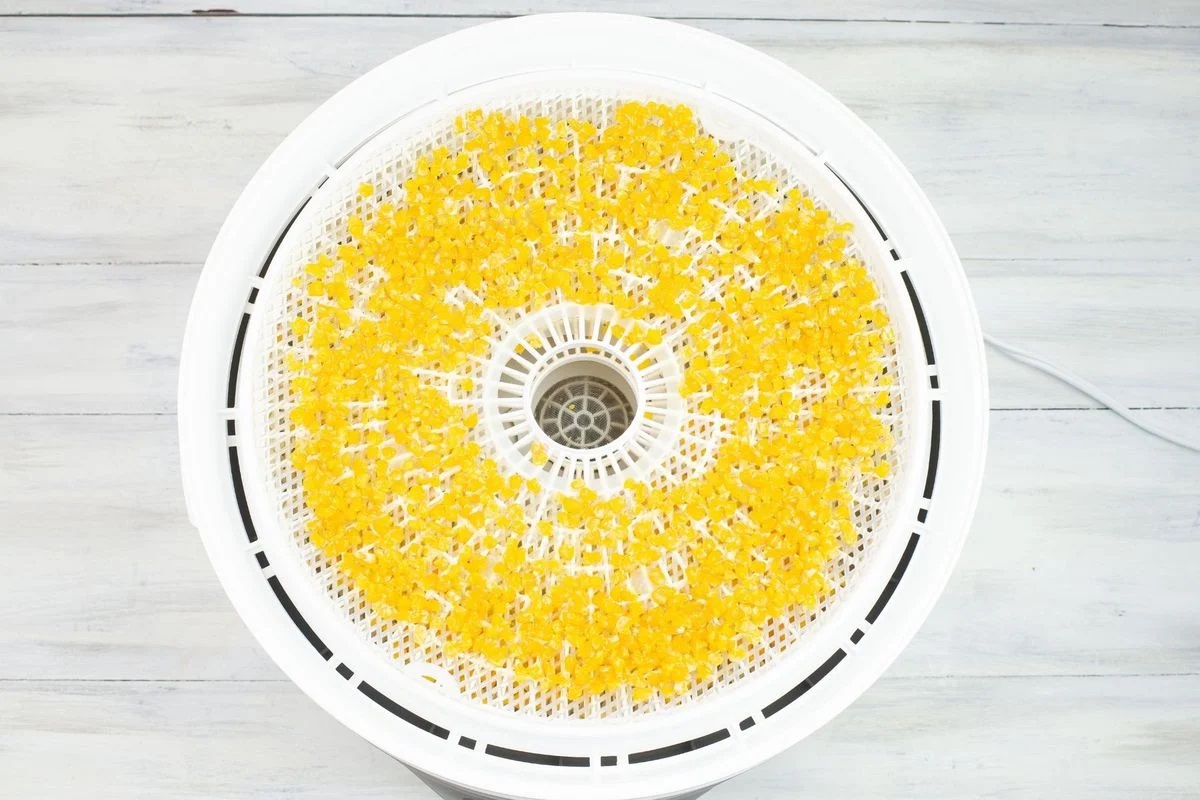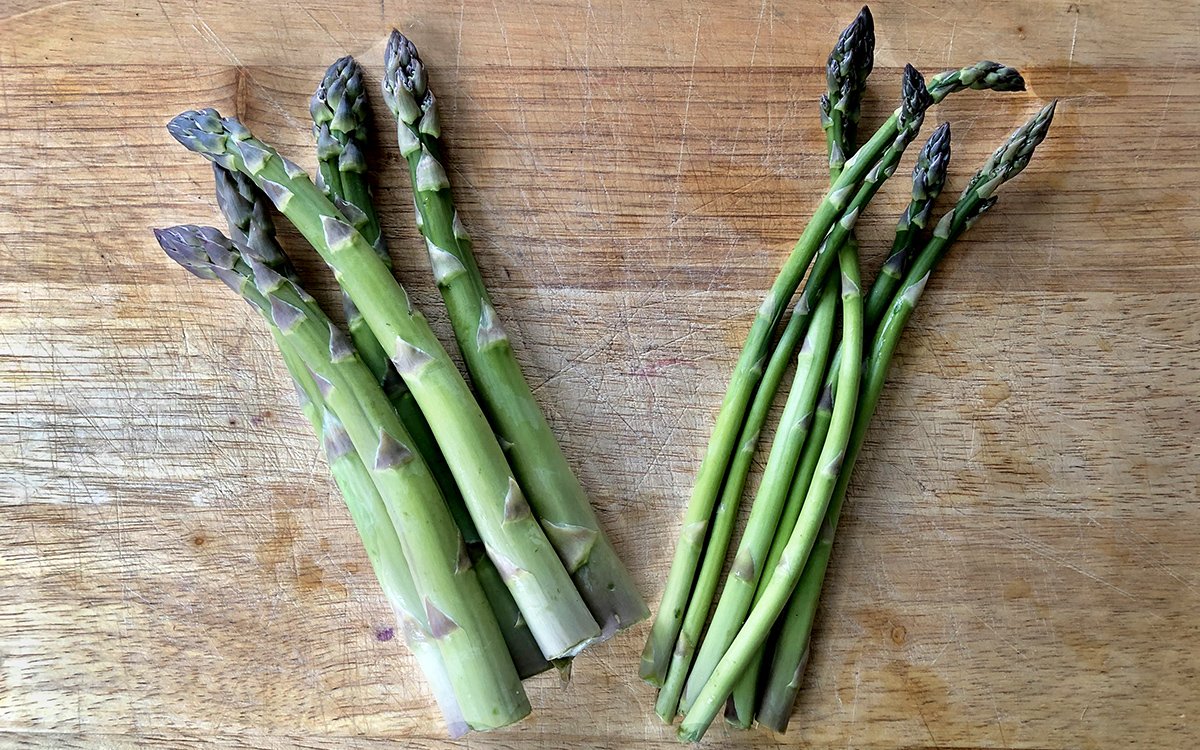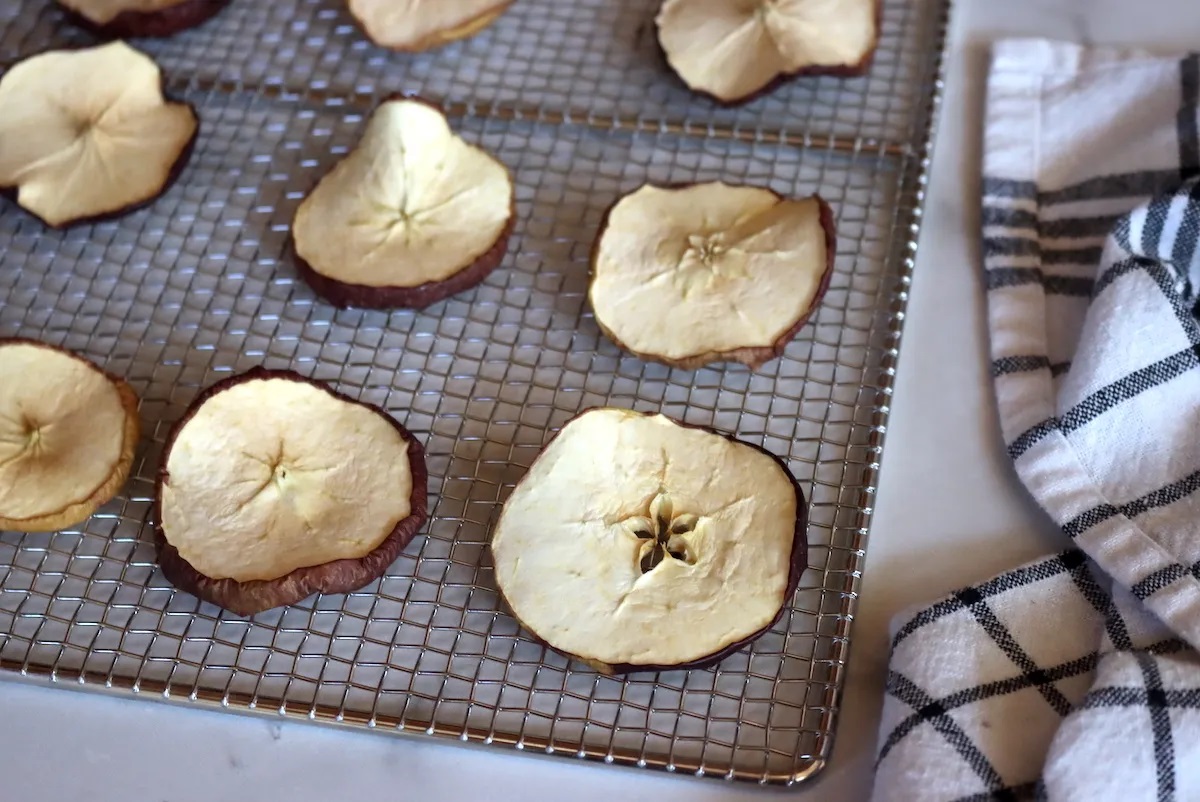Dehydrating Chile Peppers: A Step-by-Step Guide
Chile peppers are a versatile ingredient that can add a kick of flavor to a wide variety of dishes. If you have an abundance of chile peppers and want to preserve them for future use, dehydrating them is a great option. Dehydrating chile peppers not only extends their shelf life but also concentrates their flavor, making them a valuable addition to your pantry. In this guide, we’ll walk you through the process of dehydrating chile peppers, using equipment from Cabela’s to ensure a successful outcome.
What You’ll Need
Before you start dehydrating chile peppers, it’s essential to gather the necessary equipment. Here’s what you’ll need:
- Fresh chile peppers
- Sharp knife
- Cutting board
- Dehydrator (such as the Cabela’s 160-Liter Commercial Food Dehydrator)
- Latex gloves (optional, but recommended to protect your hands from the heat of the peppers)
- Airtight container for storing the dehydrated peppers
Step 1: Preparing the Chile Peppers
Start by washing the chile peppers under cold running water and patting them dry with a clean kitchen towel. Using a sharp knife and a cutting board, carefully remove the stems from the peppers. If you prefer milder peppers, you can also remove the seeds and membranes at this stage. Wear latex gloves if you’re sensitive to the heat of the peppers, as it can irritate your skin.
Step 2: Dehydrating the Chile Peppers
Once the peppers are prepped, it’s time to load them into the dehydrator. Arrange the peppers in a single layer on the dehydrator trays, ensuring that there is space between each pepper for proper air circulation. Set the dehydrator to a temperature of around 135°F (57°C) and allow the peppers to dehydrate for 8-12 hours, or until they are completely dry and brittle.
Step 3: Testing for Dryness
To check if the peppers are adequately dehydrated, allow them to cool for a few minutes, then try to bend a pepper. If it snaps easily, it’s fully dehydrated. If it bends without breaking, it needs more time in the dehydrator. Continue dehydrating the peppers in 1-hour increments until they reach the desired dryness.
Step 4: Storing the Dehydrated Peppers
Once the chile peppers are fully dehydrated, transfer them to an airtight container for storage. Store the container in a cool, dark place to maintain the quality of the dehydrated peppers. Properly stored, dehydrated chile peppers can last for up to a year, ensuring that you have a supply of flavorful peppers on hand whenever you need them.
Enjoying Dehydrated Chile Peppers
Now that you’ve successfully dehydrated your chile peppers, you can use them in a variety of ways. Grind them into a powder to add heat to spice blends, rehydrate them for use in salsas and sauces, or simply sprinkle them over your favorite dishes for a burst of flavor. The possibilities are endless!
Dehydrating chile peppers is a simple and effective way to preserve this versatile ingredient for long-term use. With the right equipment, such as the Cabela’s food dehydrator, you can easily dehydrate a large batch of peppers to enjoy throughout the year. So, roll up your sleeves, fire up the dehydrator, and get ready to add a punch of flavor to your culinary creations with dehydrated chile peppers!
Using the guide from the article on dehydrating chile peppers from Cabela's, readers can create a variety of delicious dishes. For a hearty and spicy meal, try the Spicy Chili Con Carne, which is perfect for a cold evening. The Smoky Chipotle Salsa is a fantastic way to add a smoky kick to any appetizer spread. Spicy Beef Tacos make for a quick and satisfying weeknight dinner. If you're in the mood for something a bit more indulgent, the Hot and Spicy Chicken Wings are a must-try, perfect for game day or any casual gathering. For a comforting and warming dish, the Spicy Tomato Soup hits the spot. For a party dip that's sure to please, the Spicy Black Bean Dip is an excellent choice. Finally, for a unique dessert option, the Pepper-spiced Chocolate Truffles blend sweetness and heat in a delightful way. Each of these recipes showcases the versatility and flavor of dehydrated chile peppers, making them a great addition to your culinary repertoire.
Was this page helpful?
Read Next: How To Dehydrate Carrot
